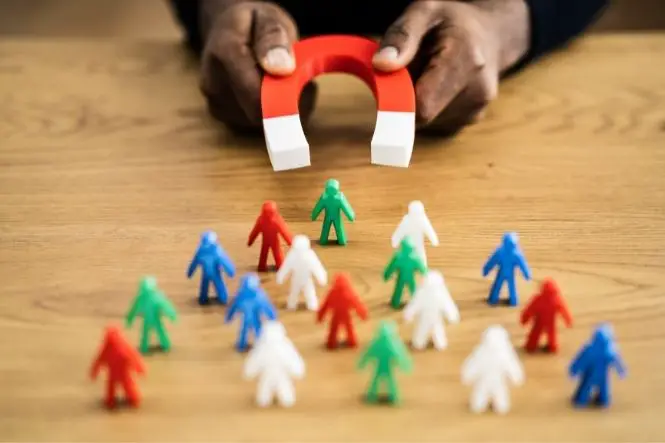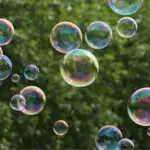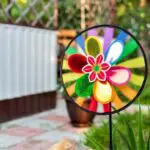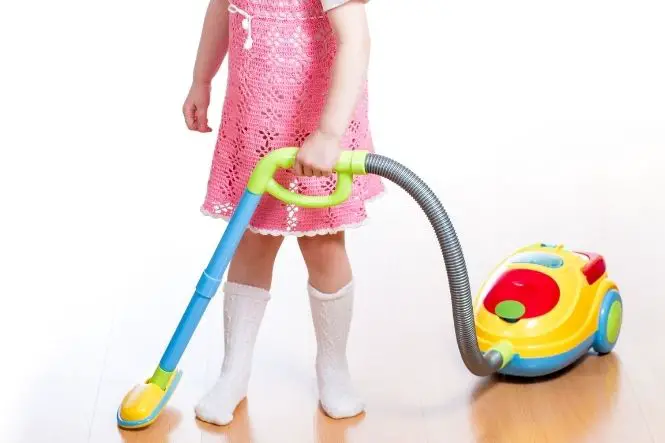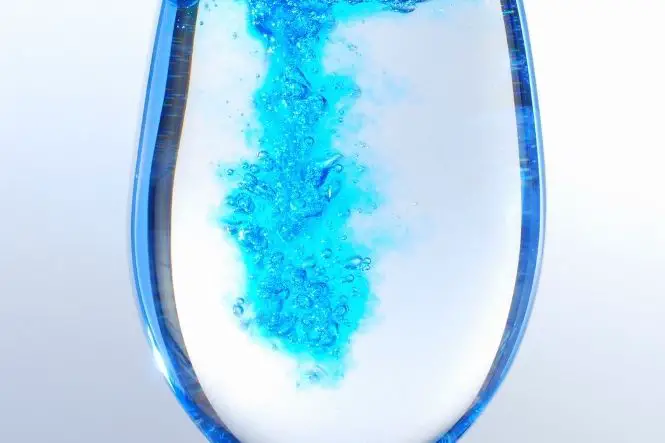Magnets are attracted to some metals, and can attract and repel each other. The earth has a magnetic field, and so magnets can be used to find directions.
Table of Contents
Magnets and Magnets
Magnets attract or repel other magnets. Put a bar magnet on a table and move the end of another magnet towards it, without touching it. Does the magnet on the table move closer and stick to the moving magnet, or is it pushed away? If the moving magnet is turned round, does that make a difference?
Magnets have a north pole and a south pole. Like poles repel, pushing the magnets away, and unlike poles attract, pulling the magnets together.
Magnets and Metals
Collect together different types of metal, for example a food can, a drinks can, nails, screws, paper clips, a selection of different silver and copper coins, bottle and jar lids, a ring or earring, and some cooking foil. See which metals stick to a bar magnet. How strong is the magnet – how many paper clips will it pick up? Is there a difference using the sides of the magnet or the ends (the poles)?
Magnets attract and stick to some types of metals, and are strongest at their poles. Magnets stick to ferromagnetic metals, and include iron, cobalt, nickel and gadolinium. Magnets attract steel because it contains iron. Some stainless steel is magnetic, but it depends how much chromium it contains (the metal that gives stainless steel its shiny appearance).
Magnets might pick up coins that appear to be copper – from the 1990s in the UK, copper coins (one and two pence pieces) began to have a steel core. One, two and five Euro cent coins are also copper-covered steel.
Looking at Magnetic Fields
Put a piece of white card on top of a magnet and sprinkle iron filings (or small staples) on the card. Tap it gently. What happens?
The magnet makes each iron filing temporarily into a tiny magnet. These then stick together in fine chains, south pole to north pole, and follow the lines of the magnet’s magnetic field.
Make a Compass
Magnetise a needle or pin by stroking it with a magnet, top to point (one directions only) twenty times. Push the pin or needle through a small piece of cork, and float it in a bowl of water. In what direction does the pin or needle point? What happens if you move a magnet around the bowl?
The earth has a magnetic field, running from the magnetic north pole to the magnetic south pole. This is close to the geographic North Pole and South Pole. The needle in a compass is a small magnet. This lines up with the earth’s magnetic field, and is used by walkers to find north. The earth’s magnetic field also protects the earth from solar particles from the sun.
If the magnet held outside the bowl is stronger than the earth’s magnetic field, it will pull the needle away from pointing north-south.
What are Magnets Made From?
Naturally occurring magnets are called lodestones, and are made from an iron-based rock called magnetite that has been struck by lightening. Magnets are made from alloys (mixtures of metals) including aluminium-nickel-cobalt, neodymium-iron-boron, samarium-cobalt and strontium-iron.
What Use are Magnets?
As well as in compasses, magnets hold messages on fridge doors, and keep freezer doors closed. They separate metals in recycling and are an important part of electric motors and maglev trains. Magnets are also used in televisions, computers, fax machines and microwave ovens.

